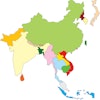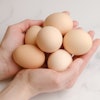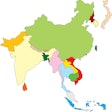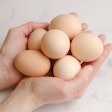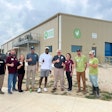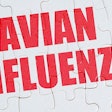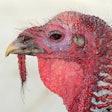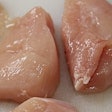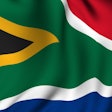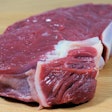In first processing slaughter operations, water scalding creates the greatest potential for yield loss. Heat can destroy the underlying tissue and collagen membrane beneath the skin. This weight and the ability to retain moisture if water chilling is applied are both lost. Hotter-than-optimum temperatures are frequently used to compensate for poor picking. When meat is overscalded, there will be a noticeable white coloration or streaking, which can create a customer quality issue. When you overscald breast meat, it is the same as cooking, which changes the texture and the amount of natural juices and lowers the yield. It is most important to remember that the results of the breast meat and membrane overscald should be an adjustment guide and not arbitrary for temperature settings.
Water scalding best practices
Treat the scalding, picking and manual pinning as one interdependent operation that combines the correct mix of time, temperature and picking power. The correct balance of scalder dwell time and number of pickers depends on line speeds and product requirements. A well-balanced combination is required to maximize yield and customer acceptance and minimize any quality issues.

Overscalding can create a significant loss of yield and profits. (Cobb-Vantress)
For best practice, use a multiple zone and multiple pass scalder system. Set the temperature in the first stage of the scalder system to the lowest setting, then increase the temperature as necessary in the following stage or stages to allow for effective picking. The temperature settings will depend on the design and type of water scalder, along with the carcass dwell time. Do not go below 50° C (122° F) in any stage due to microbial growth concerns. When the scald temperature is adjusted, the pickers will also require adjustment. Remember to adjust pickers to the largest birds, adjust at each flock change and as needed. The goal is always the same: to prevent white streaking and overscalding of the breast. Perform trials to determine the correct temperature of the scalding water that reflects a natural flesh-colored breast meat in further processing operations.

Overscalding (breast on the right) destroys underlying tissue and collagen, lowers yield, and changes meat texture and amount of natural juices present. (Cobb-Vantress)
In general:
- Optimum scald water temperature ranges from 50° C to 55° C (122° F to 131° F) for a soft scald.
- Optimum scald water temperature ranges from 51° C to 56° C (123° F to 132° F) for a hard scald.
- If available, utilize cascade scalders to target the wing tip area of the birds for hard-to-remove feathers.
- The optimum dwell time for best practice is 2 1/2 to 3 1/2 minutes. Shorter dwell times (90 seconds minimum) require hotter temperatures, which can cause yield loss, while longer dwell times create more temperature adjustment flexibility.
- Utilize a number of pickers combined with manual pinning to meet customer expectations on feather removal. Picker dwell time for best practice is 45 to 60 seconds to achieve a quality product and allow for zone picking areas with the toughest feathers to remove (shoulders, wings, neck and tail area). Lower scalder temperatures will require more picker dwell time. Remember, scalding and picking should be considered one process.
- Excessive scald temperatures will result in both bird damage and yield loss. The product mix or customer acceptance should determine scald time, temperature and picking arrangement.
- Scald at temperatures that are as low as picking will allow. Pick at the gentlest setting possible.
- Multiple pass scalder stages with high water agitation are a must for proper feather wetting and keeping birds from floating out of the shackles.
- Utilize counterflow scalders with fresh recharge water to help reduce bacteria loading and keep the cleanest water on the cleanest birds.
Troubleshooting and maintenance of scald water
- Calibrate temperature probes to ensure they are consistent with scalder control readouts. Use hand-held devices that have been calibrated to ensure that the internal probes installed in the scalders are correct and that there are no hot or cold spots in the scalding tank.
- Ensure the overflow is set to control the volume of counterflow discharge.
- Utilize the equipment manufacturers’ guidelines for machine adjustments, maintenance and repairs.
